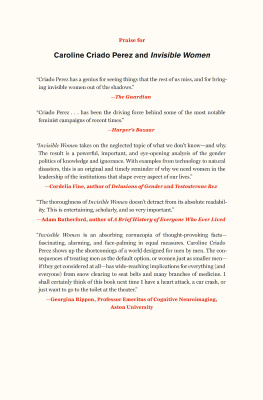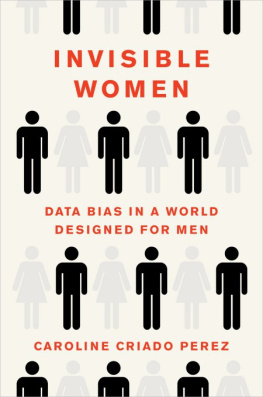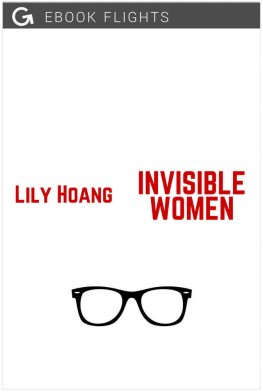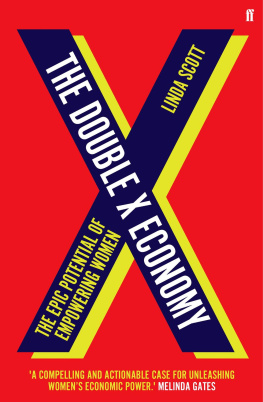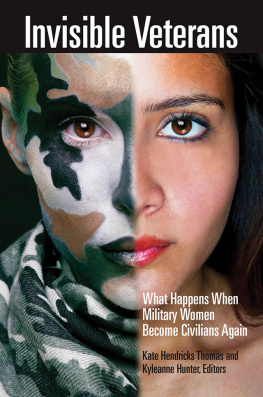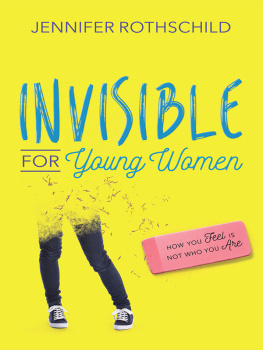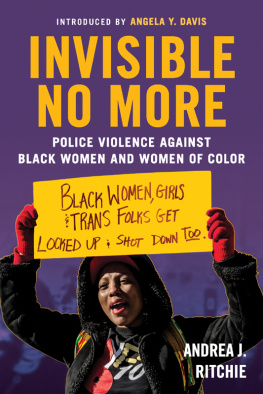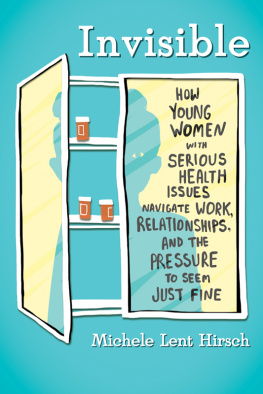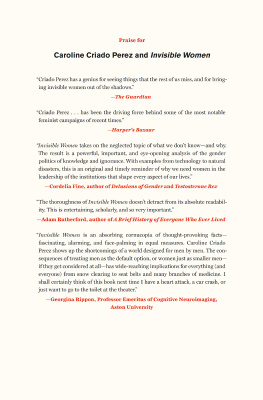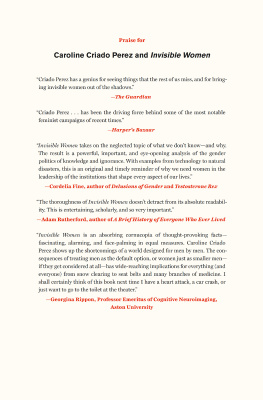BY THE SAME AUTHOR
Do it Like a Woman

Copyright 2019 Caroline Criado Perez
Jacket 2019 Abrams
Published in 2019 by Abrams Press, an imprint of ABRAMS.
All rights reserved. No portion of this book may be reproduced, stored in a retrieval system, or transmitted in any form or by any means, mechanical, electronic, photocopying, recording, or otherwise, without written permission from the publisher.
Library of Congress Control Number: 2018936302
ISBN: 978-1-4197-2907-2
eISBN: 978-1-68335-314-0
Abrams books are available at special discounts when purchased in quantity for premiums and promotions as well as fundraising or educational use. Special editions can also be created to specification. For details, contact specialsales@abramsbooks.com or the address below.
Abrams Press is a registered trademark of Harry N. Abrams, Inc.

ABRAMS The Art of Books
195 Broadway
New York, NY 10007
abramsbooks.com
For the women who persist: keep on being bloody difficult
Contents
Representation of the world, like the world itself, is the work of men; they describe it from their own point of view, which they confuse with the absolute truth.
Simone de Beauvoir
Preface
Most of recorded human history is one big data gap. Starting with the theory of Man the Hunter, the chroniclers of the past have left little space for womens role in the evolution of humanity, whether cultural or biological. Instead, the lives of men have been taken to represent those of humans overall. When it comes to the lives of the other half of humanity, there is often nothing but silence.
And these silences are everywhere. Our entire culture is riddled with them. Films, news, literature, science, city planning, economics. The stories we tell ourselves about our past, present and future. They are all marked disfigured by a female-shaped absent presence. This is the gender data gap.
The gender data gap isnt just about silence. These silences, these gaps, have consequences. They impact on womens lives every day. The impact can be relatively minor. Shivering in offices set to a male temperature norm, for example, or struggling to reach a top shelf set at a male height norm. Irritating, certainly. Unjust, undoubtedly.
But not life-threatening. Not like crashing in a car whose safety measures dont account for womens measurements. Not like having your heart attack go undiagnosed because your symptoms are deemed atypical. For these women, the consequences of living in a world built around male data can be deadly.
One of the most important things to say about the gender data gap is that it is not generally malicious, or even deliberate. Quite the opposite. It is simply the product of a way of thinking that has been around for millennia and is therefore a kind of not thinking. A double not thinking, even: men go without saying, and women dont get said at all. Because when we say human, on the whole, we mean man.
This is not a new observation. Simone de Beauvoir made it most famously when in 1949 she wrote, humanity is male and man defines woman not in herself, but as relative to him; she is not regarded as an autonomous being. [...] He is the Subject, he is the Absolute she is the Other. What is new is the context in which women continue to be the Other. And that context is a world increasingly reliant on and in thrall to data. Big Data. Which in turn is panned for Big Truths by Big Algorithms, using Big Computers. But when your big data is corrupted by big silences, the truths you get are half-truths, at best. And often, for women, they arent true at all. As computer scientists themselves say: Garbage in, garbage out.
This new context makes the need to close the gender data gap ever more urgent. Artificial intelligence that helps doctors with diagnoses, that scans through CVs, even that conducts interviews with potential job applicants, is already common. But AIs have been trained on data sets that are riddled with data gaps and because algorithms are often protected as proprietary software, we cant even examine whether these gaps have been taken into account. On the available evidence, however, it certainly doesnt look as if they have.
Numbers, technology, algorithms, all of these are crucial to the story of Invisible Women. But they only tell half the story. Data is just another word for information, and information has many sources. Statistics are a kind of information, yes, but so is human experience. And so I will argue that when we are designing a world that is meant to work for everyone we need women in the room. If the people taking decisions that affect all of us are all white, able-bodied men (nine times out of ten from America), that too constitutes a data gap in the same way that not collecting information on female bodies in medical research is a data gap. And as I will show, failing to include the perspective of women is a huge driver of an unintended male bias that attempts (often in good faith) to pass itself off as gender neutral. This is what de Beauvoir meant when she said that men confuse their own point of view with the absolute truth.
The female-specific concerns that men fail to factor in cover a wide variety of areas, but as you read you will notice that three themes crop up again and again: the female body, womens unpaid care burden, and male violence against women. These are issues of such significance that they touch on nearly every part of our lives, affecting our experiences of everything from public transport to politics, via the workplace and the doctors surgery. But men forget them, because men do not have female bodies. They, as we will see, do only a fraction of the unpaid work done by women. And while they do have to contend with male violence, it manifests in a different way to the violence faced by women. And so these differences go ignored, and we proceed as if the male body and its attendant life experience are gender neutral. This is a form of discrimination against women.
Throughout this book I will refer to both sex and gender. By sex, I mean the biological characteristics that determine whether an individual is male or female. XX and XY. By gender, I mean the social meanings we impose upon those biological facts the way women are treated because they are perceived to be female. One is man-made, but both are real. And both have significant consequences for women as they navigate this world constructed on male data.
But although I talk about both sex and gender throughout, I use gender data gap as an overarching term because sex is not the reason women are excluded from data. Gender is. In naming the phenomenon that is causing so much damage to so many womens lives, I want to be clear about the root cause and, contrary to many claims you will read in these pages, the female body is not the problem. The problem is the social meaning that we ascribe to that body, and a socially determined failure to account for it.
Invisible Women is a story about absence and that sometimes makes it hard to write about. If there is a data gap for women overall (both because we dont collect the data in the first place and because when we do we usually dont separate it by sex), when it comes to women of colour, disabled women, working-class women, the data is practically non-existent. Not simply because it isnt collected, but because it is not separated out from the male data what is called sex-disaggregated data. In statistics on representation from academic jobs to film roles, data is given for women and ethnic minorities, with data for female ethnic minorities lost within each larger group. Where they exist, I have given them but they barely ever do.
Next page
